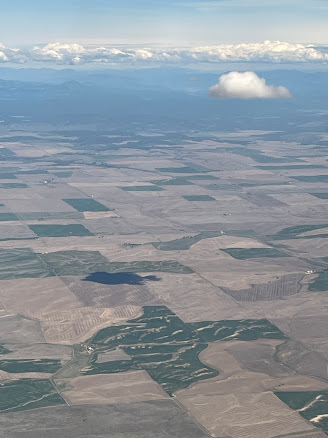In April 2024, I was blessed to spend two
weeks in Holland on a Viking riverboat cruise. Besides learning that Gouda
cheese is “wunnerful,” I eagerly soaked up lots of Dutch history. Since many
family historians find that they have a family line going back to the
Netherlands (proper name of that little country), I thought I’d share some of
the Dutch history bits that I learned.
Two major treats sold on the street were waffles (on left) but not like ANY waffle I'd ever seen. This pix shows 40 different toppings! All major "bombs" to your tummy for sure, but oh, so yummy. The other pix shows fries with mayonnaise; see the little top cup for the mayo? Everybody eats these so of course I had to try one. Made it through half of those fries.
A very cute thing I noticed were the doorknobs. The one on the right is an apple and says "den gouden appel." So many homes had their front doors opening right onto the street so a doorknob was a must. (And a key.)
So ends the saga and snips of my trip to Amsterdam, Holland..... or more properly, the Netherlands. Hope you enjoyed my sharings.














